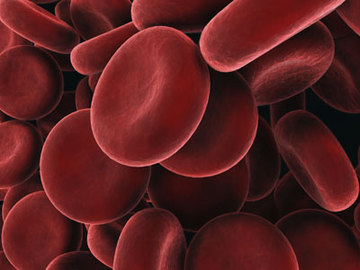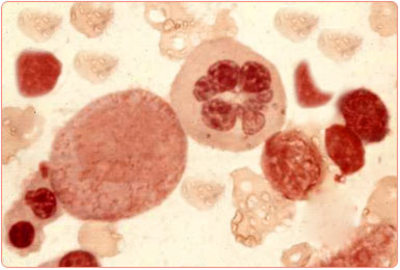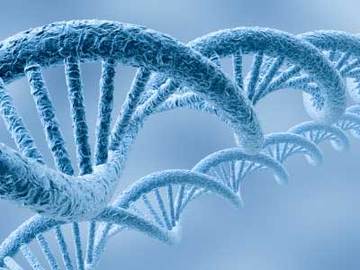Introduction

Blood disorders come in various types; some deadly, and some not so deadly. In order to understand the threat that any blood disease poses on us, we should first have a basic but clear understanding of how the blood functions. Blood is made up of red blood cells, white blood cells, platelets, and plasma; each component serves a particular purpose. The red blood cells carry oxygen all over the body, the while blood cells help to fight off infections and other diseases, the platelets help to form a clot around a wound so as to inhibit the entrance of bacteria from the outside, and at the same time to avoid blood loss. In a blood disease, one or more of the components of the blood are compromised and hence don’t function properly, and in some cases, don’t function at all.
History

There are no records to indicate when the first blood disorder was discovered or reported. Blood disease in many cases has been passed down generations and any such disease that runs in the family is termed ‘hereditary’. Blood disorders are known to be due to a result of one or more mutations in the genes that are passed on to us. There are blood disorders that were known to be fatal a couple of years ago, but now can be treated with much ease due to modern medicine. A brilliant example of this is the disease called Hemophilia. Hemophilia is extremely dangerous as blood clots at a much lower rate than usual, and this causes the patient to bleed to a great extent even from the most minor injuries. Even though hemophilia cannot be cured even now, however, patients can still enjoy a long healthy life by treatments involving clotting factors.
Features

Anemia is a blood disease that results in the patient having a significantly reduced number of red blood cells. Severe anemia is a dangerous condition and can lead to symptoms such as pale skin, fatigue, or more commonly, shortness of breath. In simple terms, Thalassemia is also a type of anemia. Thalassemia is known to be hereditary as well. This disease is particularly dominant in the Mediterranean and is caused by irregularities during the production of hemoglobin (the main constituent of the red blood cells). The symptoms of Thalassemia are much the same as that of anemia and the treatment of very severe cases of the disease makes use of blood transfusions (healthy blood injected into the body).
Tips and comments
Extremely severe cases of Thalassemia are considered to be life threatening. The symptoms in this case may be varied. A patient suffering from this blood disease is prone to other diseases such as Jaundice, or a more obvious risk of being prone to infections since the body’s immune system does not operate as well as it should, or even deformities such as the spleen becoming aberrantly outsized. Unfortunately though, Thalassemia cannot be cured still. However, the best treatment for Thalassemia that is presently known to humans is a bone marrow transplant. Sadly though, bone marrow transplants are a difficult procedure to perform, and in most cases there is a significant risk of the procedure not exactly being successful.